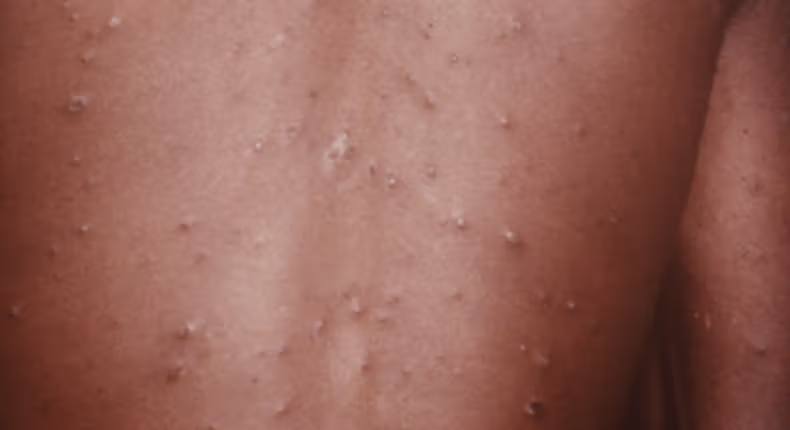Chickenpox, typically considered a childhood illness, can also affect adults due to its highly contagious nature

In fact, the manifestation of chickenpox in adults may be more severe and pose greater health risks compared to children. Therefore, it’s essential not to underestimate its symptoms, particularly the characteristic rash. Knowing when to seek medical attention and how to manage chickenpox in adults is crucial.
It’s important to note that although chickenpox is treatable, it can be dangerous for certain groups of individuals. Hence, it’s imperative not to ignore any initial symptoms. However, achieving infection with the chickenpox virus as adults requires specific conditions to be met.
Firstly, individuals must belong to the group who did not contract the infection during childhood. Secondly, prolonged contact with an infected person is necessary for transmission. If individuals have previously had chickenpox during childhood, they develop immunity, reducing their susceptibility to the virus. Transmission occurs primarily through droplets and direct contact, which should be avoided, especially for those at risk. Additionally, the airborne route is possible, with the virus traveling via respiratory secretions over considerable distances. It’s noteworthy that contagiousness begins two days before the rash appears, with an incubation period of 10 to 21 days. On average, around 90% of susceptible adults become infected, with transmission also possible through contact with the vesicle secretions of an infected individual.
Symptoms of chickenpox in adults resemble those in children but are often more severe and pose greater health risks. Prodromal symptoms, signaling the onset of the disease, persist for up to two days and include decreased appetite, nausea, fatigue, headache, malaise, and occasionally, high fever. Subsequently, the characteristic rash emerges, starting as spots that progress to blisters over six days. The rash typically appears in multiple waves, with up to 500 spots at the peak, covering most areas of the body. The blisters eventually dry up and disappear, accompanied by itching, fever, and significant weakness lasting several days.
Potential complications of adult chickenpox include pneumonia, occurring in approximately one out of ten patients, along with rare conditions such as acute cerebellar ataxia, meningitis, and encephalitis. Additional complications may include arthritis, glomerulonephritis, myocarditis, pancreatitis, and hepatitis, with pregnant women facing the highest risk, including the possibility of miscarriage. Individuals with compromised immunity or underlying health conditions such as skin disorders, chronic heart or lung diseases, are also susceptible to complications.
Preventive measures include self-isolation, avoiding contact with infected individuals, and vaccination. Vaccines, administered in two doses, are available for both children and adults, with individuals over 60 years old eligible for a one-time vaccination to reduce the risk of shingles, a reactivated form of chickenpox.

